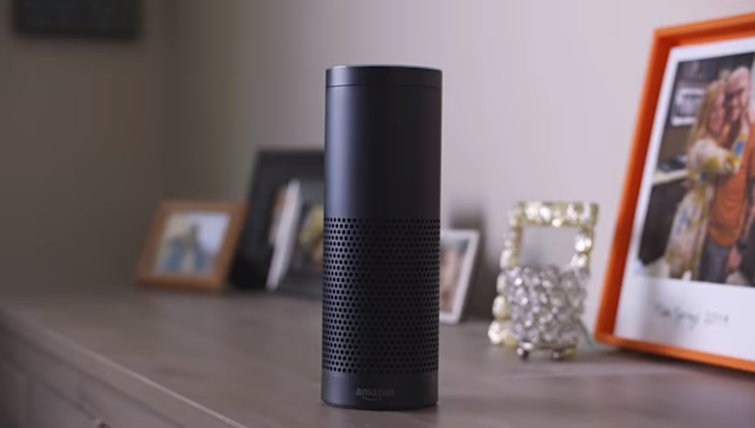Did you notice how for some time the increasing number of devices and interfaces are becoming self-competent? Well, the way mobile devices and apps used to interact with users changed dramatically over the years. Now your app understands your situation and preferences and accordingly decides to send notifications.
copyright by www.hometoys.com
 The so called ‘one size fits all’ kind of approach is long gone and out-dated. Now mobile devices are intelligent enough to respond to user needs more proactively than ever before. This happens particularly because of an array of sophisticated device sensors that can quickly inform about different attributes of user contexts including location, activity, proximity to certain areas, etc.
The so called ‘one size fits all’ kind of approach is long gone and out-dated. Now mobile devices are intelligent enough to respond to user needs more proactively than ever before. This happens particularly because of an array of sophisticated device sensors that can quickly inform about different attributes of user contexts including location, activity, proximity to certain areas, etc.
From Phone to Mini-Computer
The increasing capacity of mobile devices to respond to user situations is what facilitated the onset of Artificial Intelligence in mobile apps. Mobile app developers are already aware of the ways Artificial Intelligence is paving the way for smarter UI and UX. Some of the crucial ways artificial intelligence has been implemented into mobile interfaces as an era defining technology include the chatbots and conversational bots, analytics based on machine learning, smart digital assistants, voice controlled UI, speech recognition and smart, personalised notifications as well as other app behaviours.
The unflinching emphasis on personalisation
Mobile apps continue to be more personalised and user centric in their behaviour. From the custom mobile UI and UX elements designed and developed for a specific audience to the recent emphasis on individual user needs and preferences, mobile apps continued to become more user centric. Delivering user what the user wants at the right time and condition helps to boost user engagement. Thus a user just after arriving in a new place can be notified of the best options for staying and fooding as per his proximity, his schedule of visiting places, weather, traffic conditions and other local constraints and scopes. For instance, if the user is approaching a city landmark, the respective app can help him knowing all the necessary details about buying the ticket, timing, etc. The user can also be notified about the nearby restaurants, available transport up to his hotel and real time traffic information when he is about to catch public transport. […]
read more – copyright by www.hometoys.com


Did you notice how for some time the increasing number of devices and interfaces are becoming self-competent? Well, the way mobile devices and apps used to interact with users changed dramatically over the years. Now your app understands your situation and preferences and accordingly decides to send notifications.
copyright by www.hometoys.com
From Phone to Mini-Computer
The increasing capacity of mobile devices to respond to user situations is what facilitated the onset of Artificial Intelligence in mobile apps. Mobile app developers are already aware of the ways Artificial Intelligence is paving the way for smarter UI and UX. Some of the crucial ways artificial intelligence has been implemented into mobile interfaces as an era defining technology include the chatbots and conversational bots, analytics based on machine learning, smart digital assistants, voice controlled UI, speech recognition and smart, personalised notifications as well as other app behaviours.
The unflinching emphasis on personalisation
Mobile apps continue to be more personalised and user centric in their behaviour. From the custom mobile UI and UX elements designed and developed for a specific audience to the recent emphasis on individual user needs and preferences, mobile apps continued to become more user centric. Delivering user what the user wants at the right time and condition helps to boost user engagement. Thus a user just after arriving in a new place can be notified of the best options for staying and fooding as per his proximity, his schedule of visiting places, weather, traffic conditions and other local constraints and scopes. For instance, if the user is approaching a city landmark, the respective app can help him knowing all the necessary details about buying the ticket, timing, etc. The user can also be notified about the nearby restaurants, available transport up to his hotel and real time traffic information when he is about to catch public transport. […]
read more – copyright by www.hometoys.com
Share this: